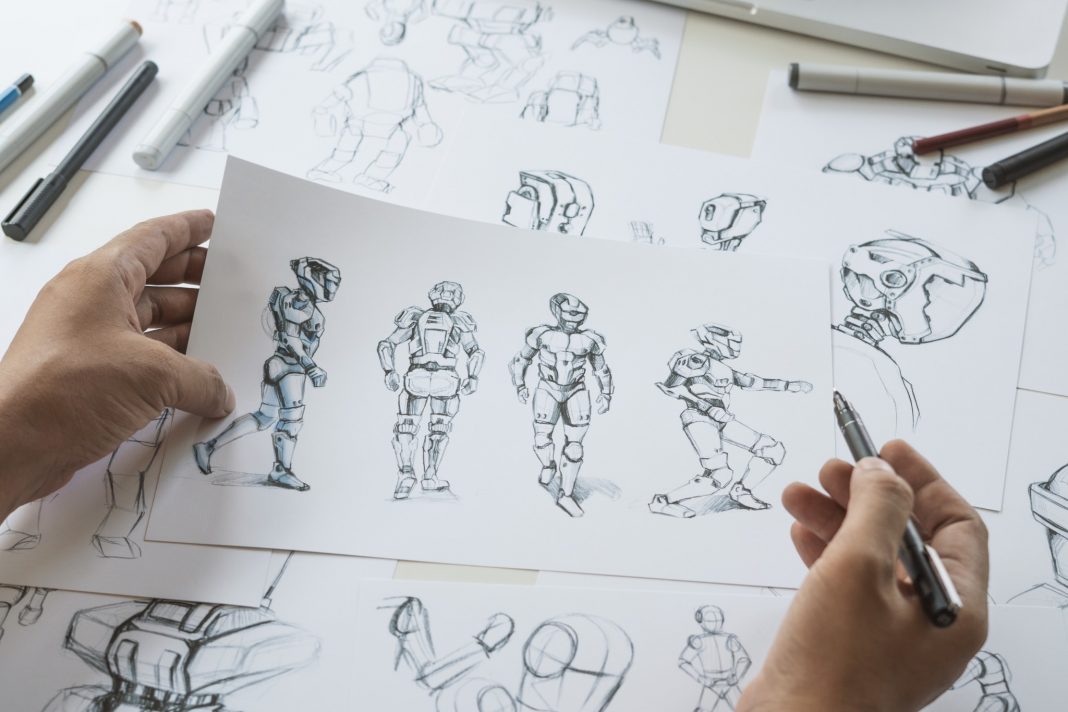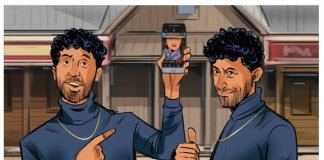HOW TO START A CAREER IN ANIMATION
Networks such as Disney and Cartoon Network, countless other animation companies, video game designers and advertising agencies are nothing without their teams of professional animation artists. Animation artists work on the designs and development of animated videos that can be anywhere from just a few seconds in length to several hours.
Imagine creating memorable characters and know how to bring these characters to life with movement. If you have your heart set on becoming an animation artist in 2021 and beyond is not only about being able to put pen to paper and create concepts, but the modern animation artist must also know how to use software like After Effects, Photoshop and Maya.
If you are proficient in animation software, Its never been easier to become an animation artist, and with the average animation artist earning almost $40 an hour — that’s about $80,000+ in a year. And the career is expected to grow rapidly from 2021 to 2028, with more than 3,000 job opportunities opening up across the US.
What Does an Animation Artist Do?
An animation artist will need to rely on a specific set of skills to accomplish their responsibilities. We have looked through thousands of resumes and produced a list of the most common skills that benefit a person looking for a future in this field. We have found that the most beneficial skill set will include computer skills, artistic talent and creativity.
Another important skill will be honing in on the right job for you. Most people will do this with a generic keyword or search term. But this may leave out a vast selection of industries and opportunities for a talented animation artist. Naturally, most animation artists will begin by looking for jobs in the media or entertainment industries.
How To Become an Animation Artist
If you want to become an animation artist, begin by asking yourself how much education you will need to go the distance you want to go. In our experience, most animation artists will have a bachelor’s degree, with less than 10% of the workforce have a master’s degree or higher. However, even though most animation artists have a college degree or higher, some talented animation artists have nothing over their high school diploma or GED.
You will find that experience in other lines of work is also a good thing to have on your resume. For example, many animation artists will have experience as storyboard or animatic artists. Meanwhile, other animation artists will have worked in other roles, such as illustrators or graphic designers.
Here are some helpful tips on how to become an animation artist in no time:
1. Take Animation Courses or a Degree Program
For most successful animation artists, going to school will be the best start. According to the United States Bureau of Labor Statistics, multimedia artists and animators with top companies will need a bachelor’s degree. But you will need to consider your education program in line with the type of career you seek and skills you have, and your prior education.
Your primary options will be an associate’s or bachelor’s degree. Degree programs typically have a wide selection of learned skills and a well-planned course that begins with foundational skills and moves on to advanced courses. Non-degree programs will typically have a more specific focus and will probably require prior education to learn properly.
The bottom line will be to choose the programs that best suit your goals and provide you the hands-on practice you need to make it in the industry. Again, educators can provide this with extensive experience in that field.
2. Dedicate yourself to developing your skills.
You may be very good at animation programs, and your instructors will only be able to teach you so much to help you improve your capacity with their knowledge. Of course, they can provide plenty of external motivation to improve, but ultimately it will be your responsibility to build off of what you have learned and what you have been taught and become the greatest animator you can be.
You will learn the subtleties of movement and body language that will allow you to create top-quality characters. Teamwork will be vital as well. Animation production is hardly even the work of a single person, but the final product of many people making a group effort. Therefore, you will need plenty of practice in collaboration, critiques and providing feedback.
3. Create a stellar portfolio and demo reel.
Ask any animation artist how they got to where they are, and they will all say the same thing, beginning with a carefully crafted portfolio. You will find that building a portfolio is a skill that is included in the program curriculum of most Art Institutes.
For animators, it is a good idea to have an online portfolio. It would help if you had a short demo reel and sections where longer animation samples can be viewed. Each clip you post should have a project description and goals you set out for when you began the project. Only share your best work and make sure you keep this portfolio constantly updated. Never forget to include a section for allowing your viewers to contact you and make sure your resume is also neat and regularly updated.
4. Get a variety of work experience.
While you are in school, be sure you keep your eyes peeled for internships and freelance jobs that will allow you to collect plenty of job experience while you are outside the classroom.
Even after you have graduated and found a full time, you are more likely to enter the field in an entry-level position rather than a full-time job. As you work, you will want to continue to look for as many part-time jobs as you can. Never forget that a large part of becoming a top-tier animator is putting in the time and effort to create your development and success.
Explore Animation Programs & Courses
Finally, if you are looking to round off your skills and techniques as an animator, consider enrolling in a Media Arts & Animation program at an art institute near you. You could also learn a lot at Game Art & Design programs. The best way to find out what options are best for you is by contacting them directly and learning more about the programs they offer.
We hope you have found this post informative and inspirational in your quest to become an animator. Just follow the steps outlined above and work on your portfolio! Good Luck!














